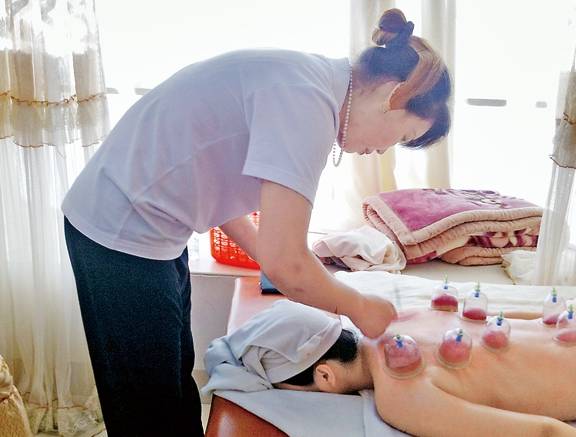
What is Bloodletting Therapy?
Bloodletting therapy is a unique acupuncture treatment method in Traditional Chinese Medicine (TCM). It is one of the most commonly used treatment methods since the era of the Huangdi Neijing (Yellow Emperor’s Classic of Internal Medicine). The Neijing even considers bloodletting therapy as the first choice for treating diseases and alleviating pain. Depending on the patient’s specific condition, a three-edged needle or a thick, sharp needle is used to puncture specific acupuncture points or superficial blood vessels to release a certain amount of blood, achieving therapeutic effects.
The Cultural History and Effects of Bloodletting:
Bloodletting therapy has a long history in China and is widely used in folk medicine. This therapy is characterized by its simplicity, ease of learning, quick effectiveness, high efficacy, and safety. It is effective for many common and frequently occurring diseases, and it can also yield unexpected results for certain difficult conditions.
The modern research on bloodletting therapy can be summarized as follows:
It has a good bidirectional regulatory effect on the blood system. Studies show that bloodletting therapy can promote human metabolism, stimulate bone marrow hematopoietic function, accelerate metabolism, and improve microcirculation and vascular function through neuro-humoral regulation, facilitating the elimination of harmful substances from the blood and timely replenishment of beneficial substances into the bloodstream, thus helping the body re-establish homeostasis and restore normal physiological functions. By improving microcirculation, it can also prevent excessive inflammatory responses and promote recovery from inflammation.
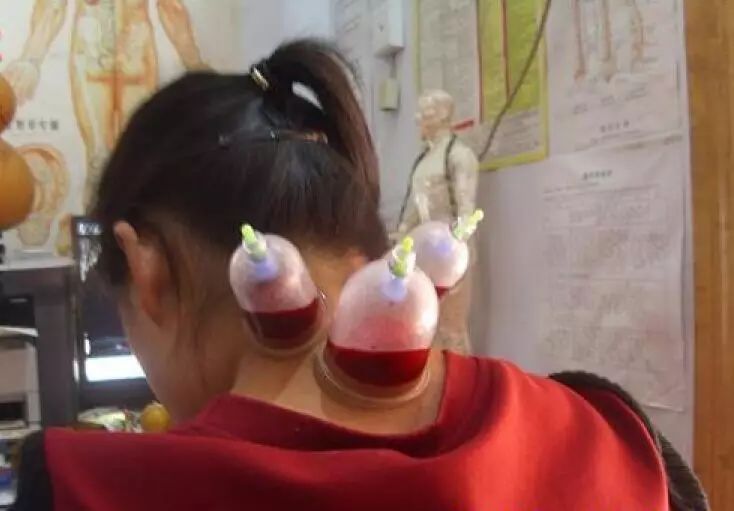
What problems can arise if the shoulder and neck are not healthy?
Since the shoulder and neck are the main pathways for blood flow to the head and face, TCM emphasizes that the best way to regulate women’s health is to ensure smooth circulation of qi and blood. If qi and blood are obstructed, toxins can accumulate in the shoulder and neck, leading to stiffness. Once toxins accumulate, they can compress blood vessels, hindering proper blood flow to the head and face, resulting in dizziness, headaches, insufficient oxygen supply to the brain, fatigue, decreased sleep quality, memory decline, and even yellowing, dullness, spots on the face, and skin aging.
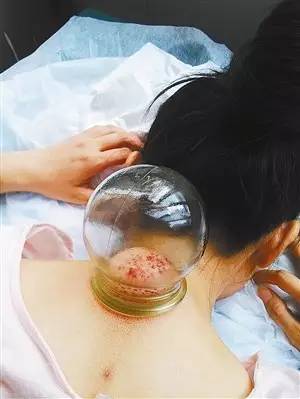
Why is the shoulder and neck considered the first area to age in the body?
Because the body’s circulation flows from top to bottom, when there are high levels of toxins in the body, the first place they accumulate is the shoulder and neck, which serve as a crossroads for the body. Accumulation of toxins can lead to stiffness and aging of the shoulder and neck. When the shoulder and neck are obstructed, it can cause insufficient nourishment to the pituitary gland in the brain, impairing the secretion of growth and reproductive hormones, especially in women, leading to endocrine disorders and early onset of menopause.
The current state of shoulder and neck syndrome:
According to statistics from the World Health Organization:
Currently, 60% of people aged 30 have varying degrees of cervical spondylosis;
80% of people aged 40 have varying degrees of cervical disease;
100% of people over 60 have varying degrees of cervical spondylosis.
Common populations affected by shoulder and neck issues:
1. Lack of exercise, prolonged computer use, and individuals in specific occupations with heavy backpacks;
2. Heavy earrings, high heels, long phone calls, and intense mahjong games;
3. Washing hair while lying back, tight undergarments, poor sitting posture, and bad sleeping positions can all lead to shoulder and neck problems at any age.
Scientific research has proven that any area of strain or blocked meridians has varying degrees of residual stasis. Only by thoroughly eliminating this residual stasis can the root of the problem be addressed, and the best way to achieve this is through bloodletting therapy.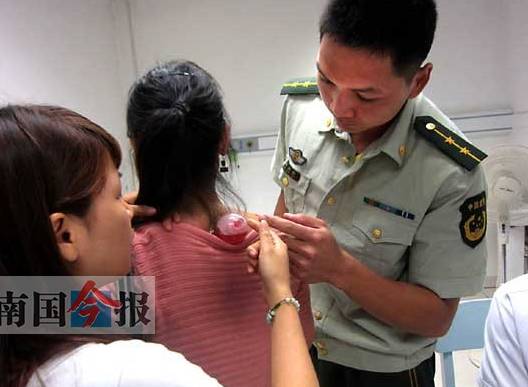
The principle of back bloodletting:
After expelling deep-seated dampness and cold from the body using herbal fire therapy, TCM techniques are applied to repeatedly stimulate the areas of strain and blockage, breaking up accumulated lactic acid and nodules. Using a plum blossom needle, rapid puncturing is performed on severely strained and blocked areas to thoroughly expel the residual toxins and stagnant blood from deep within the body, achieving immediate improvement and treatment of shoulder and neck diseases.
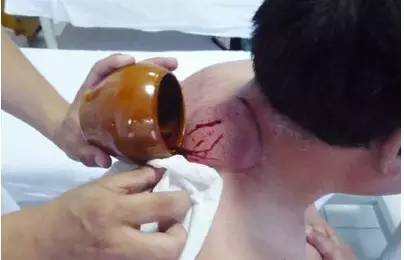
Understanding your health status through the color of blood samples—Which category do you belong to?
1. Dark black blood, resembling ink, indicates a long-standing illness, suggesting stasis of blood; 2. Blood mixed with water indicates rheumatism or liver disease; 3. Blood containing jelly-like mucus indicates dampness and toxin accumulation; 4. Light blood indicates inflammation or early-stage illness; 5. Purple-red blood indicates a new injury; 6. Clear liquid indicates edema; 7. Presence of bubbles indicates heavy dampness; 8. Foamy liquid indicates wind pathogen; 9. Large volume of blood indicates a long illness; 10. Small volume of blood indicates a short illness or deep-seated condition; 11. If there is a sudden rush of heat when removing a cupping jar, it indicates heavy damp-heat; 12. Slow bleeding, even after multiple punctures, suggests qi deficiency and blood deficiency; 13. Light bleeding that does not coagulate easily indicates blood deficiency; 14. Blood that settles quickly and coagulates easily indicates qi deficiency.

